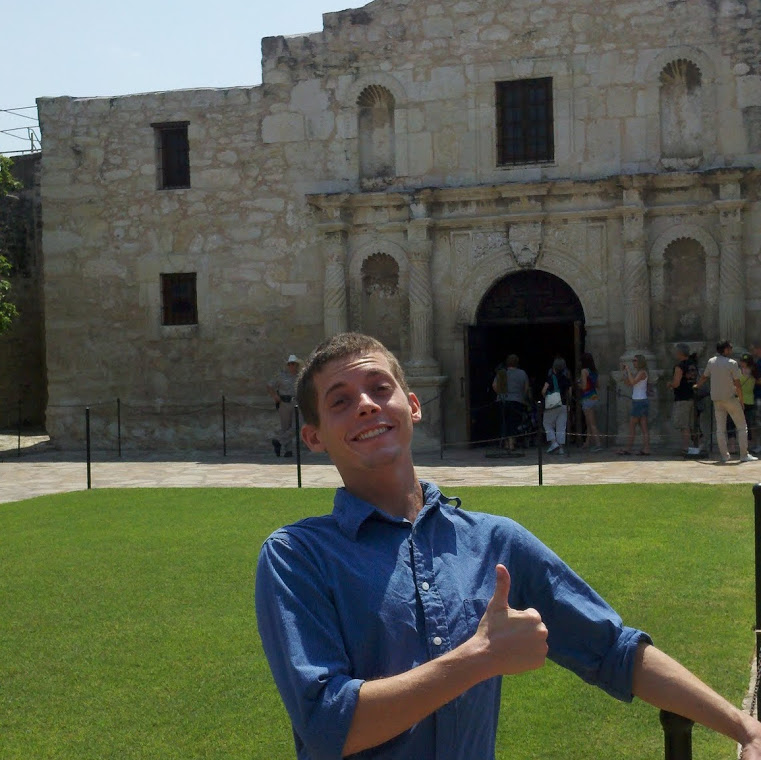A General Guide to the Houston Area

Whether you are deciding where to live or where to go this weekend (besides the lab), knowing about the geography of Houston will help you. As with any city, Houston has developed its own vocabulary to refer to various places within and around it. However, simply throwing a bunch of jargon at you without context usually means that you will forget it. So, along with explaining the areas of Houston, I will be including a brief history of how these places became what they are today.
Houston’s layout is, for better or worse, somewhat unique among major US cities for two reasons. First, unlike every other city in the US, Houston has no zoning laws. This means that the local government has decided not to designate specific areas as either commercial or residential. If you can afford to buy the property, you may develop (within reason) whatever you want on it. Second, Houston has essentially no geographic borders. Every other comparably sized city in the US is restricted in its growth by a large river or ocean. In typical Texas fashion, rather than building near the ocean, the ocean was brought to Houston by extensive dredging of the Buffalo Bayou (more on that later) and Galveston Bay.
These two factors have shaped the city. More accurately, they have not provided a shape. Houston, until recently, has not been constrained by anything, and sprawled out as far as possible. It engulfed several of the smaller cities around it, which are sometimes called ‘Island’ cities. Technically they are their own cities, but Houston has claimed all the land around them. These include Bellaire, Southside , Western University Place (West U.), and many others. Eventually though, this sprawl became impossible to maintain. Several factors, including changing attitudes on where people want to live, as well as some relatively recent economic developments, have led to further development of the inner city of Houston. However, we can still see the history of Houston in its current landscape. Rather than a single, concentrated downtown like most cities have, Houston has developed multiple smaller ‘downtowns’ in the form of business districts. These include:
- Houston Downtown: This is at the center of Houston, and is the most ‘traditional’ downtown that we have. It is largely a commercial district, and is the home of headquarters of several multinational banks and oil firms. Besides businesses, the recent addition of the light rail on Main Street has started to create a lot of nightlife in the area. The Houston Theater District is also in downtown, and is the second largest performing arts district in the world, next to NYC. The Discovery Green is also a park downtown that has free public events throughout the year.
- Uptown: This area is more often called Galleria after the massive shopping mall inside of it. It’s the largest shopping mall in the state, and the 7th largest in the country. The area has a lot of upscale boutiques and high fashion shops. Besides shopping, it has a huge number of offices. Uptown is centered on the iconic Williams Tower, which is the lone skyscraper in the area. A rail line is currently being built to connect this to the other major areas.
- Texas Medical Center: This is where you will be spending most of your time. Usually just called the Medical Center, it is the largest medical district in the world. Rice University is on its west side, and is very friendly to visitors. On campus, there are several student-run non-profit businesses, including a coffee shop, a bike shop, and a grad student pub called Valhalla. Every Tuesday, there is a farmers market. Farther west, there is an area called Rice Village, which has a lot of really nice shops open during the day, and has several bars open at night. On the north side of the Medical Center, there is Hermann Park. In the warmer months, festivals routinely take place here, and free events happen almost nightly at Miller Theater at the north end. The Houston Zoo is also inside Hermann Park, and is worth a visit.
- Greenway Plaza: This area is mixed use. It has restaurants, housing, shopping, offices, etc. Edwards Greenway Cinema is the largest movie theater in Houston.
There are a few, smaller business districts (e.g. Westchase, Greenspoint), but they are dedicated almost entirely to businesses. Besides the city centers, Houston has a few other points of interest. The city is largely built on old swampland, and small, slow moving waterways weave their way through the city. These are called bayous. All of them connect to the Buffalo Bayou, which leads to the Gulf of Mexico. Many of the bayous are safe for no-contact water sports (kayaking, rowing, etc.), and the city is investing a large amount of money in revitalizing some of them as scenic areas. Bike paths run along many Bayous, providing a safe and easy way to get to the Medical Center (mostly through Brays Bayou .
The Museum District also worth seeing. It contains 19 museums. The Museum of Fine Arts has a strong standing gallery, as well as new exhibits that rotate every few months. The Houston Museum of Natural Science , besides having a wide variety of exhibits, routinely opens up parts of their museum after hours for parties and events. For more eclectic tastes in art, the Menil Collection and the Rothko Chapel both provide enough entertainment for an interesting, if sometimes bizarre, afternoon.
I have just covered the surface of Houston here. There is much more to see and do. Be sure to check back at the GSEC website often for more information about how to survive and flourish while you’re in grad school here.
Jonathan Flynn
If you would like to provide the next featured article please e-mail your blog with hyperlinks included and a photo of yourself at least 300 dpi or greater to [email protected].